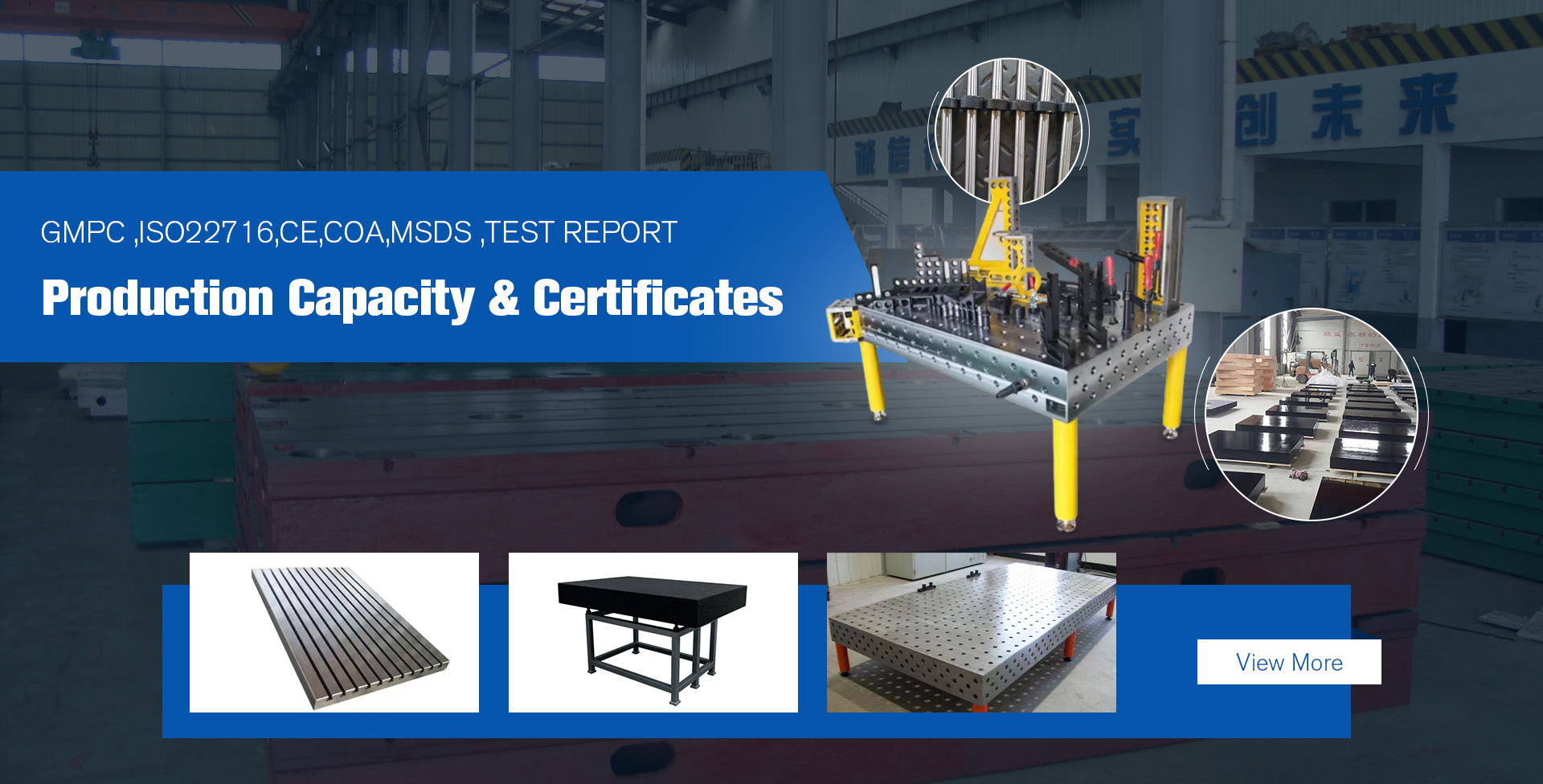paź . 02, 2024 17:58 Back to list
Water Valve Troubleshooting and Maintenance Tips for Homeowners
Water Valve Repair A Complete Guide
Water valves are an essential component of any plumbing system, controlling the flow of water to various fixtures in your home. Whether it's a faucet, shower, or toilet, these valves ensure that we have access to water when we need it. However, like any other mechanical part, they can wear out or malfunction over time. In this article, we'll provide a comprehensive guide on water valve repair, including common issues, tools you'll need, and step-by-step instructions.
Common Problems with Water Valves
1. Leaking Valves One of the most common issues homeowners face is leaking valves. This can occur due to worn-out washers, O-rings, or seals. A leak not only wastes water but can also lead to more serious plumbing issues if left unaddressed.
2. Stuck Valves Sometimes valves can become stuck due to mineral buildup or rust. This often happens in older homes where the plumbing system may not have been updated for decades.
3. Noise If you hear banging or whistling when you turn on a faucet, your valve might have a problem. This noise, known as water hammer, can be caused by a fast-closing valve or high water pressure.
4. Poor Water Flow If you notice that water is not flowing as it should, your valve may be partially closed or blocked by debris.
Tools Required for Water Valve Repair
Before you start your repair, gather the following tools
- Adjustable wrench - Screwdriver (flat-head and Phillips) - Replacement parts (washers, O-rings, etc.) - Plumber’s tape - Bucket or towel (to catch any water) - Safety goggles
Step-by-Step Repair Guide
Step 1 Turn Off the Water Supply
Before you begin any repair work, locate the main water supply valve and turn it off. It’s advisable to also turn off the water supply to the specific fixture you are working on. Open the faucet to release any remaining water pressure.
Step 2 Remove the Valve
Using your adjustable wrench, carefully disconnect the valve from the plumbing. If you encounter any resistance, apply penetrating oil to help loosen stubborn fittings.
water valve repair

Step 3 Inspect the Valve
Once you have removed the valve, inspect it for any visible damage. Look for worn-out washers, O-rings, or rust. If you find any issues, these parts will need to be replaced.
Step 4 Replace Worn-Out Parts
Remove the damaged parts and replace them with new ones. Make sure to use parts that match the specifications of your valve. Applying plumber’s tape to the threads can help ensure a tight seal.
Step 5 Clean the Valve
If your valve has mineral deposits or rust, clean it with a wire brush or vinegar solution to restore its functionality. Ensure that any debris is completely removed.
Step 6 Reinstall the Valve
Once the valve has been repaired and cleaned, reinstall it by reversing the removal process. Tighten the fittings securely but avoid overtightening, which can cause damage.
Step 7 Turn the Water Supply Back On
With the valve reinstalled, turn the water supply back on gradually. Check for leaks around the valve and fittings. If you see any water pooling, you will need to re-tighten the connections or check the replacement parts for proper installation.
Step 8 Test the Valve
Finally, turn on the faucet or fixture associated with the valve to ensure it operates correctly. Listen for any unusual noises and check the flow of water.
Conclusion
Repairing a water valve may seem daunting, but with the right tools and knowledge, it is a task that many homeowners can tackle on their own. By addressing these common plumbing problems, you’ll not only save money on professional repairs but also gain a better understanding of your home’s plumbing system. Remember to practice safety and take your time during the repair process. Should you encounter a more complex issue, don’t hesitate to call a professional plumber for assistance. By maintaining your valves, you’ll ensure a reliable water supply and prevent potential plumbing catastrophes in your home.
-
thread-plug-gauge-our-promise-of-measurement-excellenceNewsAug.22,2025
-
gauge-pin-class-reflecting-quality-legacyNewsAug.22,2025
-
check-valve-types-for-high-rise-buildingsNewsAug.22,2025
-
water-control-valve-for-irrigation-systemsNewsAug.22,2025
-
gate-valve-with-soft-seal-technologyNewsAug.22,2025
-
y-type-strainer-for-oil-and-gas-applicationsNewsAug.22,2025
Related PRODUCTS









